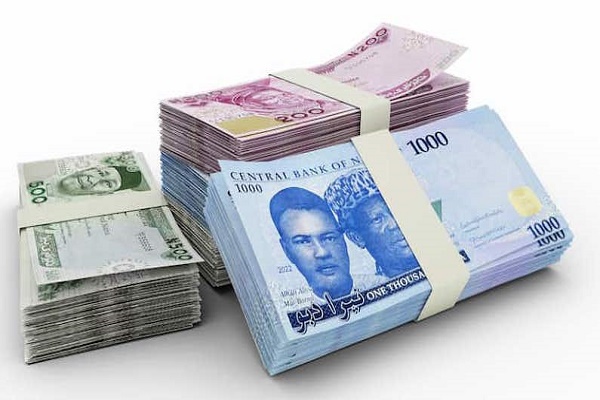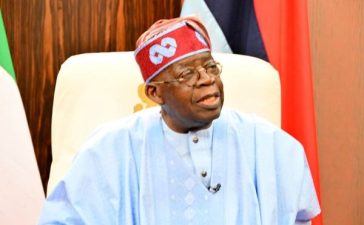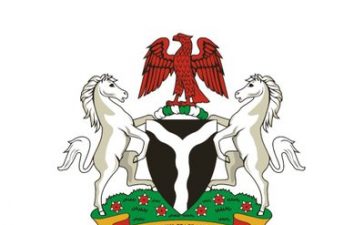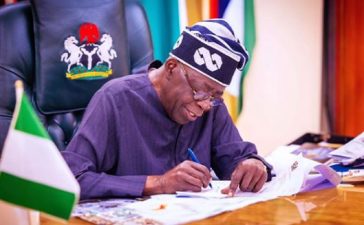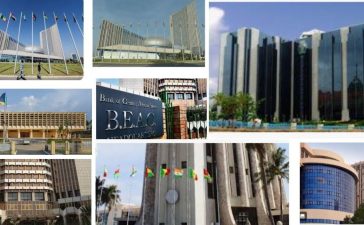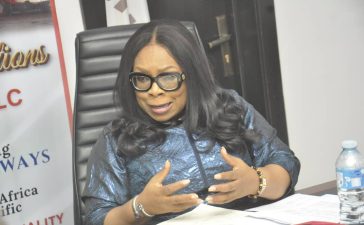Nigeria’s broad money supply (M3) surged to N114.22 trillion in March 2025, despite the Central Bank of Nigeria’s (CBN) aggressive monetary tightening and a historic 50% Cash Reserve Ratio (CRR).
According to the latest money and credit statistics released by the CBN, this represents a 24% year-on-year increase from N92.19 trillion recorded in March 2024. On a month-on-month basis, the figure also rose by 3.2%, up from N110.71 trillion in February.
This sharp rise was largely driven by a 38.9% growth in net foreign assets, which rose to N45.17 trillion, reflecting stronger capital inflows and possible revaluation gains. In contrast, net domestic assets declined by 11.7% to N69.05 trillion, indicating tighter liquidity within the local financial system.
Despite the CBN’s attempts to rein in inflation and reduce excess liquidity through one of the world’s highest CRRs, the money supply has continued to expand, posing a policy dilemma for the Monetary Policy Committee (MPC).
Further compounding the issue is the rising volume of cash held outside the banking system. In March, N4.6 trillion—91.9% of total currency in circulation—was outside banks. This reflects a persistent structural reliance on physical cash, especially in informal sectors with limited digital access or trust in electronic platforms.
Cash usage has remained high throughout the first quarter of 2025:
- January: N4.74tn (90.5% of total)
- February: N4.52tn (89.6% of total)
Rising inflation, which hit 24.23% in March, along with recurring banking issues such as failed transactions and poor service, has reinforced public preference for cash.
Other key aggregates also showed significant growth:
- M2 rose to 20 trillion, up from N91.95 trillion in March 2024.
- M1 (currency + demand deposits) hit 55 trillion, reflecting a 19.7% year-on-year growth.
At its February meeting, the MPC held the Monetary Policy Rate (MPR) steady at 27.50%, currently the fifth highest in the world, trailing only Venezuela, Turkey, Zimbabwe, and Argentina. The MPR serves as the benchmark interest rate, influencing borrowing costs across the economy.
CBN’s Monetary Policy Committee member Mustapha Akinkunmi emphasized that the high rate reflects Nigeria’s ongoing struggle with inflation, currency depreciation, and broader economic instability.
Meanwhile, the International Monetary Fund (IMF), following its Article IV consultation in April, urged the CBN to maintain a tight stance and suggested announcing a formal disinflation path to help anchor expectations.
“The MPC’s data-dependent approach has served Nigeria well,” the IMF noted. “Announcing a disinflation path as an intermediate target can help stabilize inflation expectations.”
With the next MPC meeting set for May 19–20, all eyes are on whether the committee will hike rates further or explore alternative tools to manage Nigeria’s expanding money supply.

